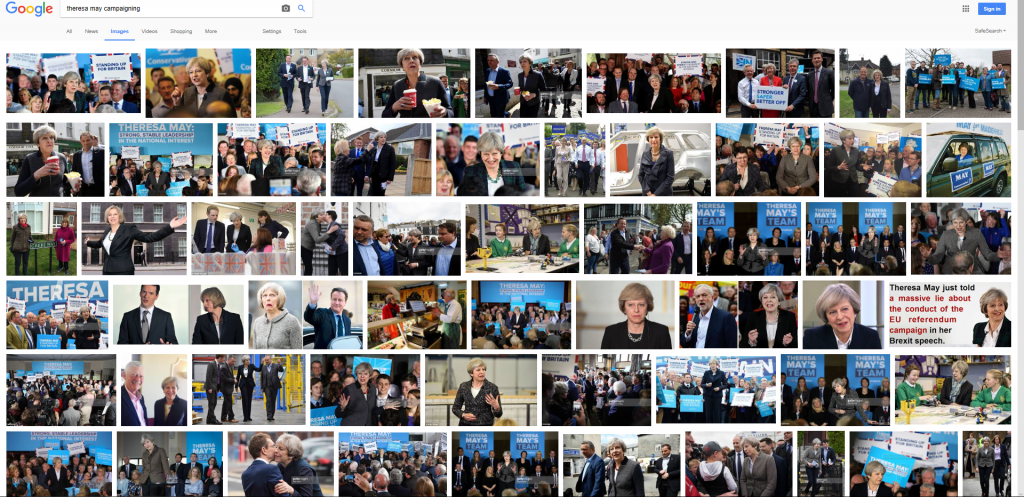Trump in the Middle East
It is unlikely to become an opera like “Nixon in China” but the arrival of Trump in Saudi Arabia is pregnant with meaning.
The first and most obvious is the United States’ continuing identification with the Sunni side in an escalating Sunni/Shia conflict across the Middle East. The exception to this of course is Iraq, where US forces are helping Shia forces to pulverise the Sunni city of Mosul. The paradox is that the plunge of the United states firmly into the Sunni camp was precipitated by their realisation that, in removing Saddam Hussein, they had installed a Shia government in Iraq which was going to be highly susceptible to Iranian influence.
The paradox is that Europe, and most of the rest of the world, accepts that Iran is no longer a particular threat to world peace under the comparatively moderate President Rouhani, who was re-elected today. But the hatred for the Shia in the Gulf states is visceral. I was forcibly struck, when attending the Al Jazeera Forum in Doha last month, that the only contributions which evinced enthusiastic displays from the audience were attacks on Iran – and this was a largely academic audience. Even the session specifically on Palestine was dominated by attacks on Iran. One panel speaker mentioned Palestine only twice, and the very beginning and the very end of his 15 minute contribution.
There is nothing like genuine religious hatred to drive conflict, and doubtless it exists on both sides of the Sunni/Shia divide. What is appalling is the role of western powers, and their ally Israel, in seeking to exploit this hatred. This is not new. My latest book, Sikunder Burnes, details explicitly expressed British attempts to use Sunni/Shia conflict for divide and rule as early as the 1830’s.
But the modern form of this western practice explains directly some of the most appalling tragedies of our time. It explains the Western arming of the Saudis for their continuing and genocidal attacks on the Shia of Yemen. It explains British complicity in helping the dreadful Sunni Bahraini regime to enslave, torture and imprison its majority Shia population. Most crucially, it explains the complicity of western intelligence agencies with the Gulf states in founding, funding and arming Wahhabi terror groups under all their various names including Al Qaeda, ISIS and Al Nusra.
The concomitant of this is of course the de facto alliance of Saudi Arabia with Israel and the United States, against their “common enemies” of Hezbollah, Assad and Iran. The cementing of that alliance is the purpose of Trump’s trip. Which is extraordinary, because in campaigning he appeared to understand that the groups the US were supporting were themselves the source of the “terror threat” to the United States. It appears the arms industry have made plain to him that the terror threat and the destabilisation of the Middle East are both good for business.
As Trump has gone full neo-liberal at home and neo-conservative abroad, the question being asked is whether he ever believed any of his campaigning material, or whether he has just been captured by the establishment. My answer to which is, it makes no difference.
